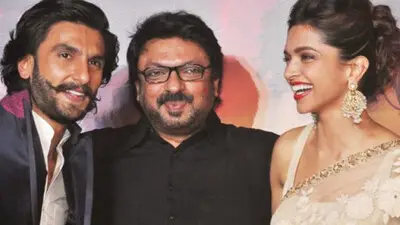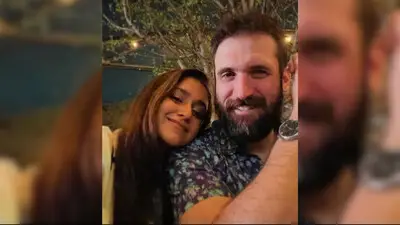Recommended Stories
Through puppets, music and paintings to comics, a number of social issues like casteism, female foeticide, AIDS awareness and dowry are being presented to people in contemporary taste and sensibilities.
"Art can make a strong statement which is clearly understood by a broad spectrum of people. It has the ability to impart information to both literate and non-literate people", says Ramdas Padhye, a well-known ventriloquist and puppeteer.
"It can educate the illiterate and enlighten the literate on social and political issues that plague our moden day India," says Padhye.
Former Prime Minister of India, late Indira Gandhi had advised Padhye to use his art for social awareness after seeing his performance. Since than, he says he has been at the forefront in using puppeteering to take on issues like child labour, dowry and AIDS.
"There is something unique in puppets. It is the most effective and more communicating way to educate people. People instantly relate to the character and get the desired message," he says.
According to Vijayam, Executive Director, Atheist Centre in Andhra Pradesh, art is not for art`s sake and it has a social purpose to make the world a better place to live in.
"Art can effectively fight social ills as many rural people in India are illiterate, ignorant and are steeped in superstitions and blind beliefs. It is a means for relaxation, enlightenment and ennobling people with vigour and enthusiasm," he says.
Vijayam has been using music as a tool to ward off superstition and bring people closer to science in Andhra Pradesh.
"People, especially in rural pockets, give in easily to the perceived supernatural elements involved in the trickery of frauds. A large part of this exploitation is done in the name of religion, a common weakness of an Indian household," he says.
Apart from these age-old issues, art is also being used by people to raise their voices against their local problems through comics.
A grassroots Comics movement started by Sharad Sharma aims to empower people and use this medium for development communication. He gives an example of how children used comics to tackle a local teacher in Uttarakhand, who used to turn up drunk in class everyday.
"The children made comics on this issue and they were pasted behind rickshaws, walls and near shops in the village.
The village headman notice it and the teacher was expelled from the school," says Sharma.
Apart from travelling in Indian states, World Comics has organised workshops in Nepal, Pakistan, Brazil and some other countries to teach people about power of comics in addressing local issues.
"We have reversed the trend of information flow. It goes from below to top. People have the authority over content while making these comics and its a stage to voice their concerns. Comics is a powerful tool to perpetuate social change," says Sharma.
Artist duo, Jiten Thukral and Sumir Tagra have been addressing contemporary issues through their paintings. They used fictional superhero Superman for promoting the message of safe sex for spreading AIDS awareness and sex education among youth in India.
"Many people in our society think the primary function of art is visual delight but let`s not be fooled. Art that is visually attractive and well crafted can have a profound effect on our social views. Our art is for masses and we believe that art can change their views and lives," says Jiten.
These artists believe that people react more speedily to art and its easier to change their attitude by educating them like this.
"Social change is a complex process. Awareness building is the crux of the matter. Judicious utilization of art leads to attitudinal change among people in the process," says Vijayam.
"We are directly engaging people and discussing theie views. Its a better approach unlike enforcing a law on them, which does not change their mindset," says Sharma.












